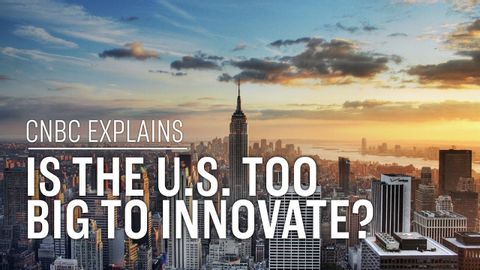
Subtitles & vocabulary
Is the U.S. too big to innovate? | CNBC Explains
00
PENG posted on 2019/02/05Save
Video vocabulary
recognize
US /ˈrek.əɡ.naɪz/
・
UK /ˈrek.əɡ.naɪz/
- Transitive Verb
- To accept the truth or reality of something
- To consider something as important or special
A2TOEIC
More infrastructure
US /ˈɪnfrəˌstrʌktʃɚ/
・
UK /'ɪnfrəstrʌktʃə(r)/
- Uncountable Noun
- Basic necessary equipment for a country or region
- The underlying framework or system of an organization.
B1
More unprecedented
US /ʌnˈprɛsɪˌdɛntɪd/
・
UK /ʌnˈpresɪdentɪd/
- Adjective
- Not having happened before, or to such a degree
B1
More ambitious
US /æmˈbɪʃəs/
・
UK /æmˈbɪʃəs/
- Adjective
- Having the desire to be successful in life, work
A2TOEIC
More Use Energy
Unlock All Vocabulary
Unlock pronunciation, explanations, and filters
